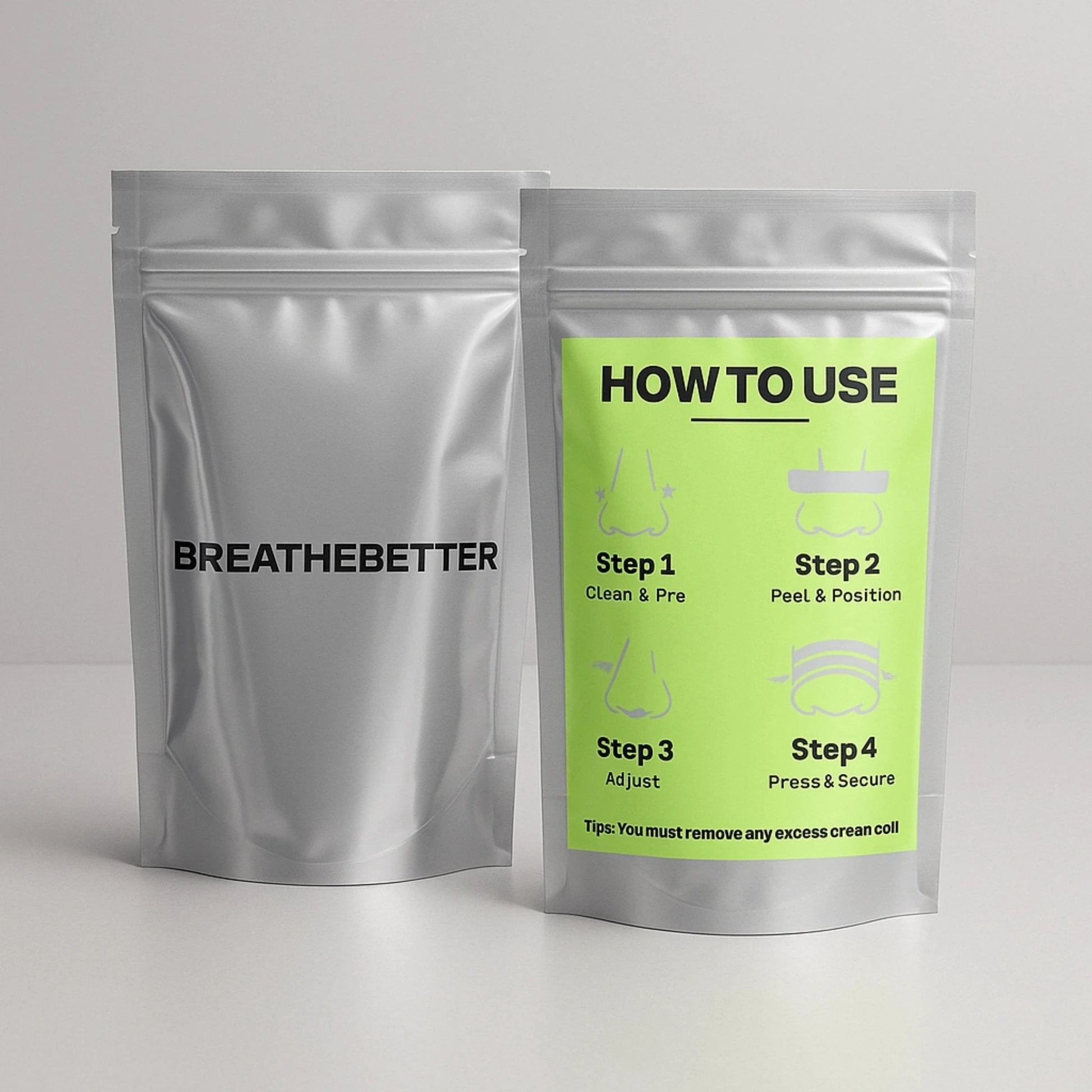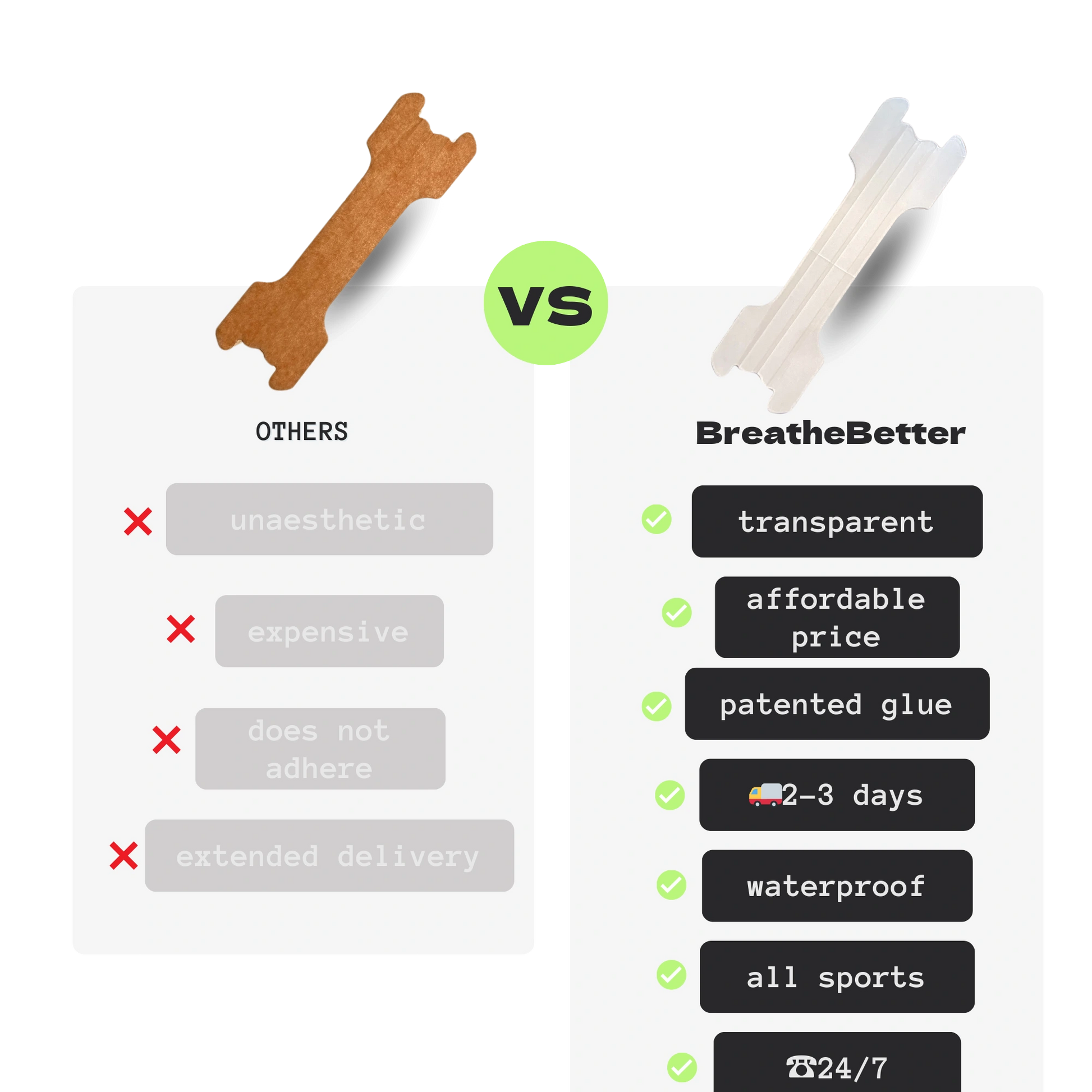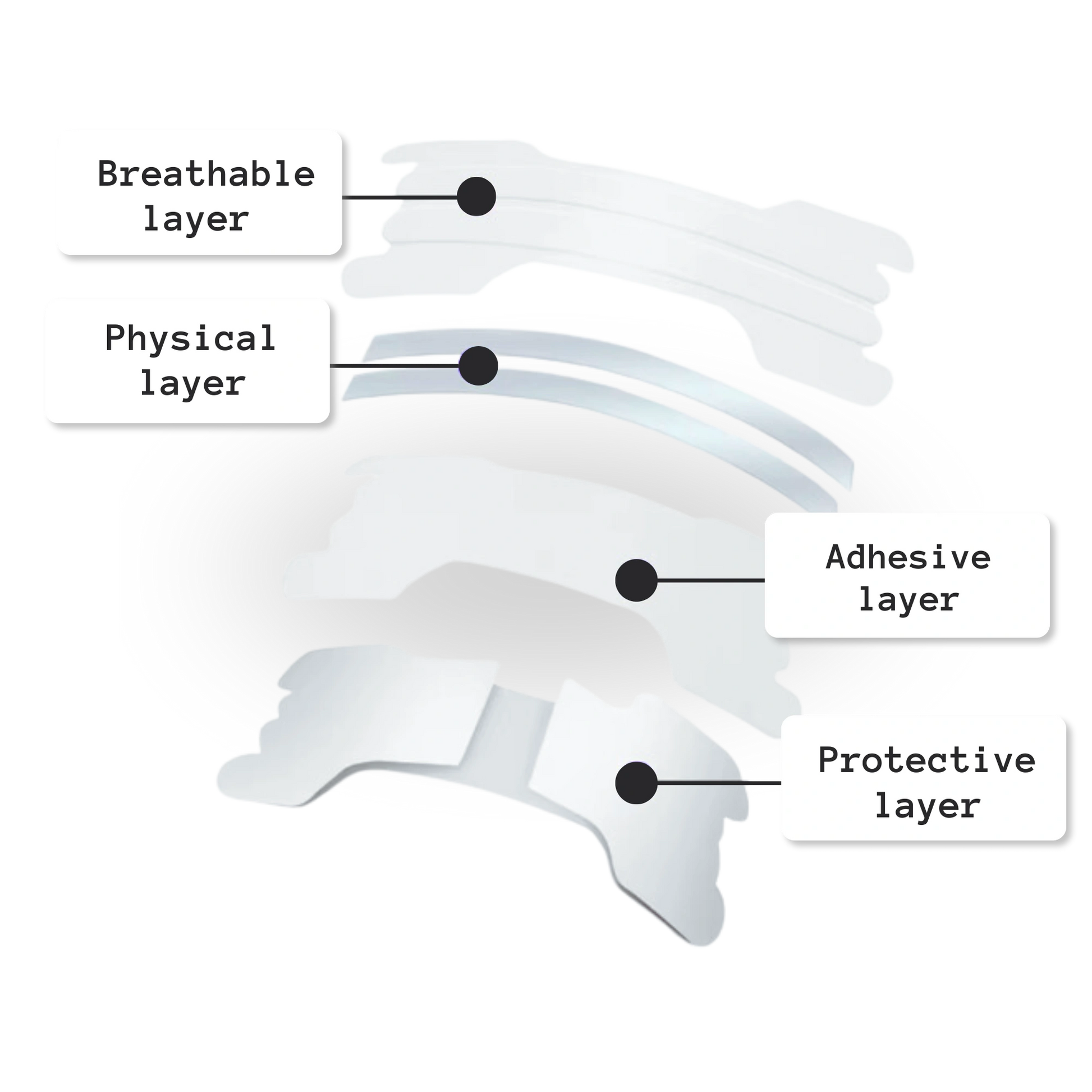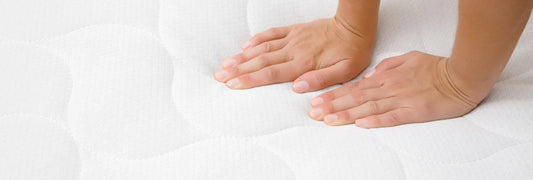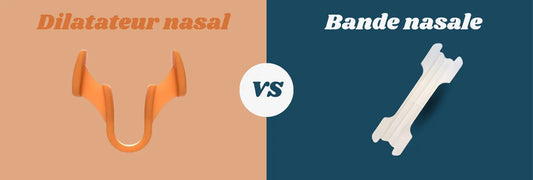Do you wake up with a dry mouth or a stuffy nose ? Learning to breathe better while you sleep is the key to restful sleep , optimal recovery, and waking up feeling energized. In this article, you'll discover 7 simple techniques (including BreatheBetter nasal strips) to reactivate nasal breathing and say goodbye to snoring and micro-awakenings starting tonight.
To remember
- The nose filters , humidifies and warms the air for deeper sleep.
- Mouth breathing increases snoring and the risk of apnea .
- 7 concrete actions: clearing your nose, posture, rehabilitation, nasal strips, orofacial strengthening, healthy bedroom, mouth taping.
- BreatheBetter Nasal Strips widen nostrils without medication.
- Studies confirm an oxygenation gain of up to +18% thanks to nasal breathing 1 .
Why is breathing better while sleeping essential?
The nose produces nitric oxide , a vasodilator gas that improves tissue oxygenation and strengthens immunity 2 . Conversely, mouth breathing dries the throat and increases the risk of nocturnal obstruction 3 .
7 Techniques for All-Night Nasal Breathing

1 – Clear your nasal passages before going to bed
Washing with physiological serum , hot shower or sea water spray: these simple actions reduce congestion.
2 – Adopt a suitable sleeping position
Preferably sleep on your side with an ergonomic pillow to limit mouth opening.
3 – Retrain breathing during the day
While walking or reading, breathe in and out only through your nose; practice cardiac coherence (4-6).
4 – Use BreatheBetter Nasal Strips
Ultra-thin and transparent, they widen the nostrils and increase airflow all night long.
5 – Strengthen the orofacial muscles
Place the tongue on the roof of the mouth for 5 minutes, chew firm food and exaggerate the sounds “N” & “M”.
6 – Optimize the bedroom environment
Temperature 18-20°C, humidifier if necessary and anti-mite bedding to keep your nose clear .
7 – Test mouth taping carefully
A hypoallergenic tape can help keep the mouth closed ; avoid if the nose remains blocked 4 .
| Technical | Main benefit |
|---|---|
| Clear the nose | Avoid congestion |
| Side posture | Reduces mouth breathing |
| Daytime rehabilitation | Automates the nasal reflex |
| Nasal strips | Increases airflow |
| Orofacial strengthening | Close your mouth naturally |
| Healthy room | Reduces irritants |
| Mouth taping | Anchor nasal breathing |
➡️ Need concrete exercises? Discover our complete guide: How to improve your breathing while running?
BreatheBetter Nasal Strips Reviews
Camille R. – “First night without snoring! My husband finally slept peacefully and so did I. The strips are discreet and last all night.”
Lucas D. – “I run trails and I was short of breath at night. With BreatheBetter, I wake up feeling rested and my times are improving. Adopted!”
Conclusion: Take action tonight
By incorporating these 7 techniques, you'll reprogram your body to breathe better while you sleep and enjoy deep, medication-free sleep. Start now with BreatheBetter nasal strips to feel the difference tonight!
🔗 Read next: 5 tips to fight insomnia
Sources: Oxygen Advantage | PubMed | PMC | ST Smiles


